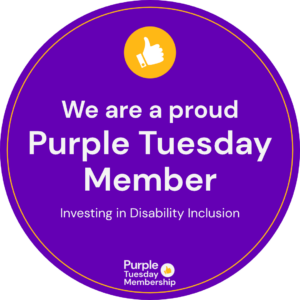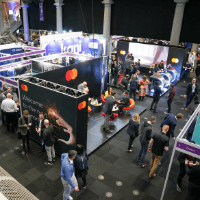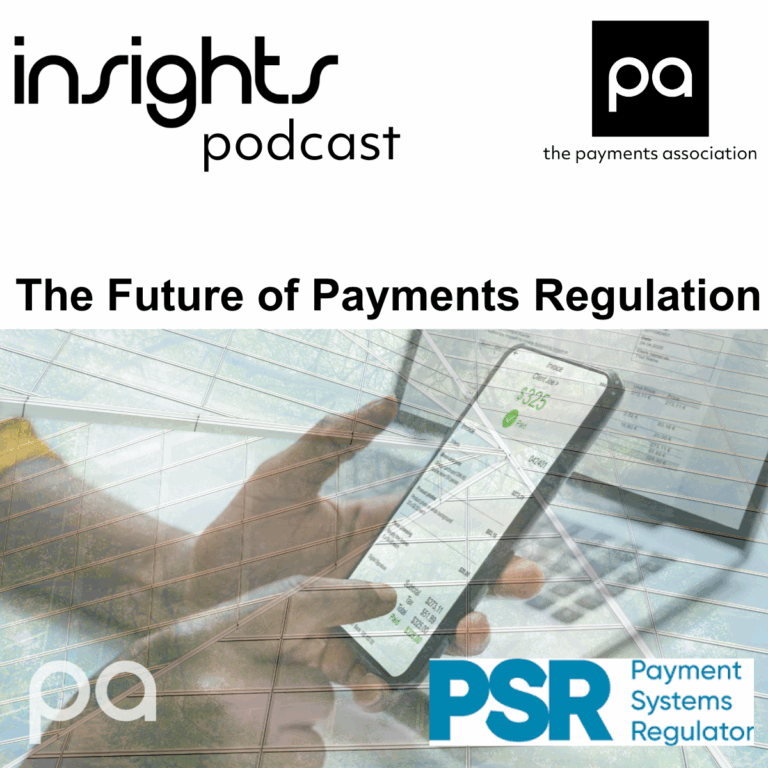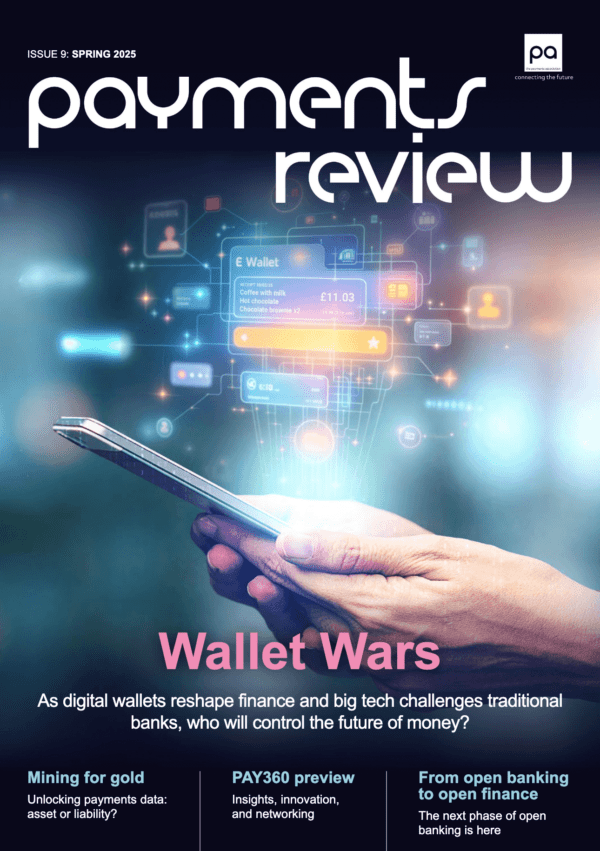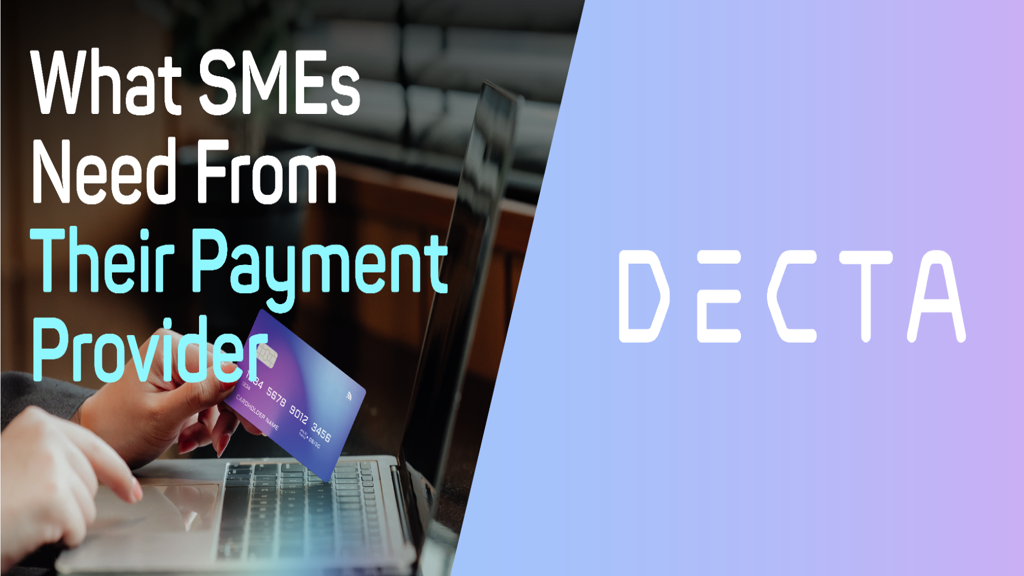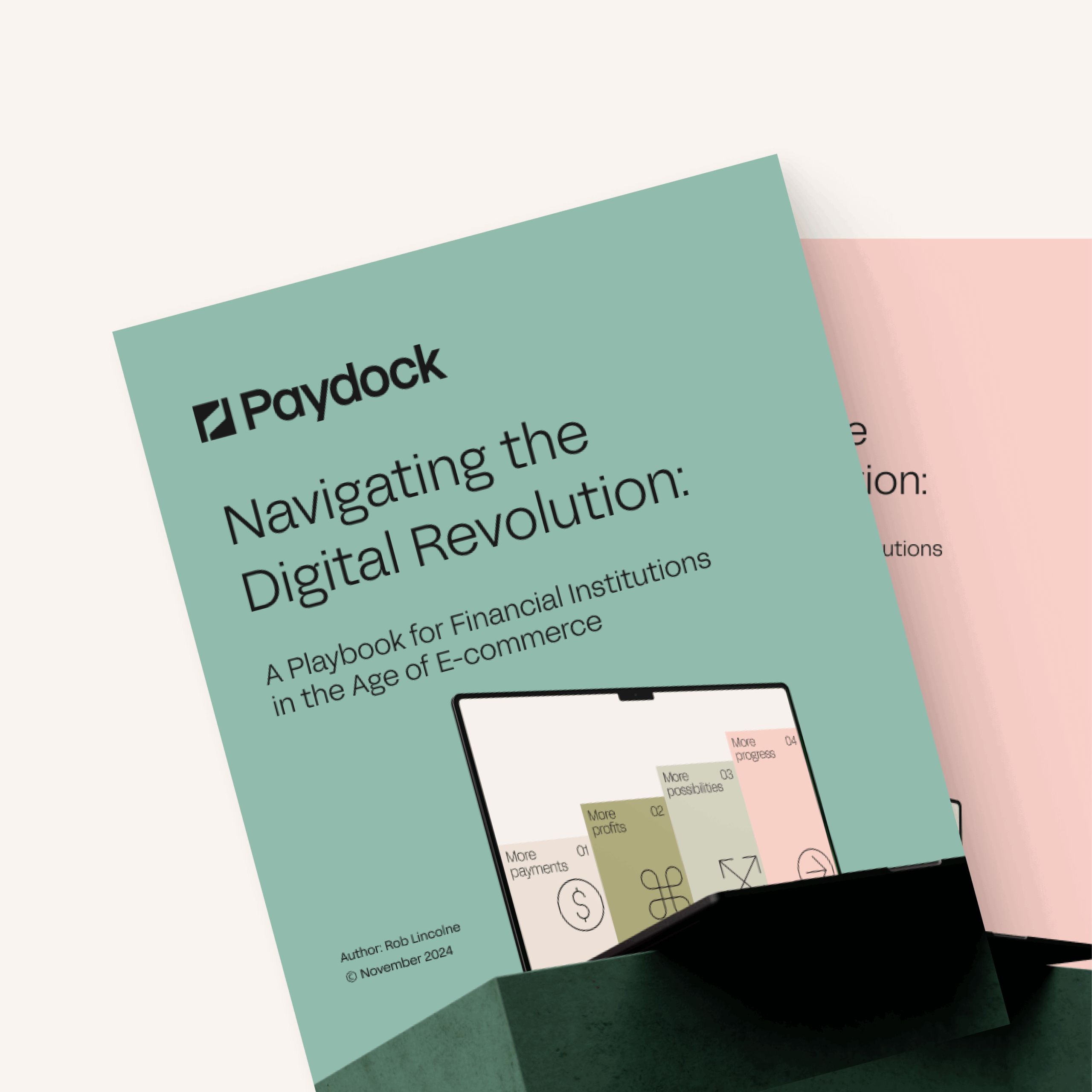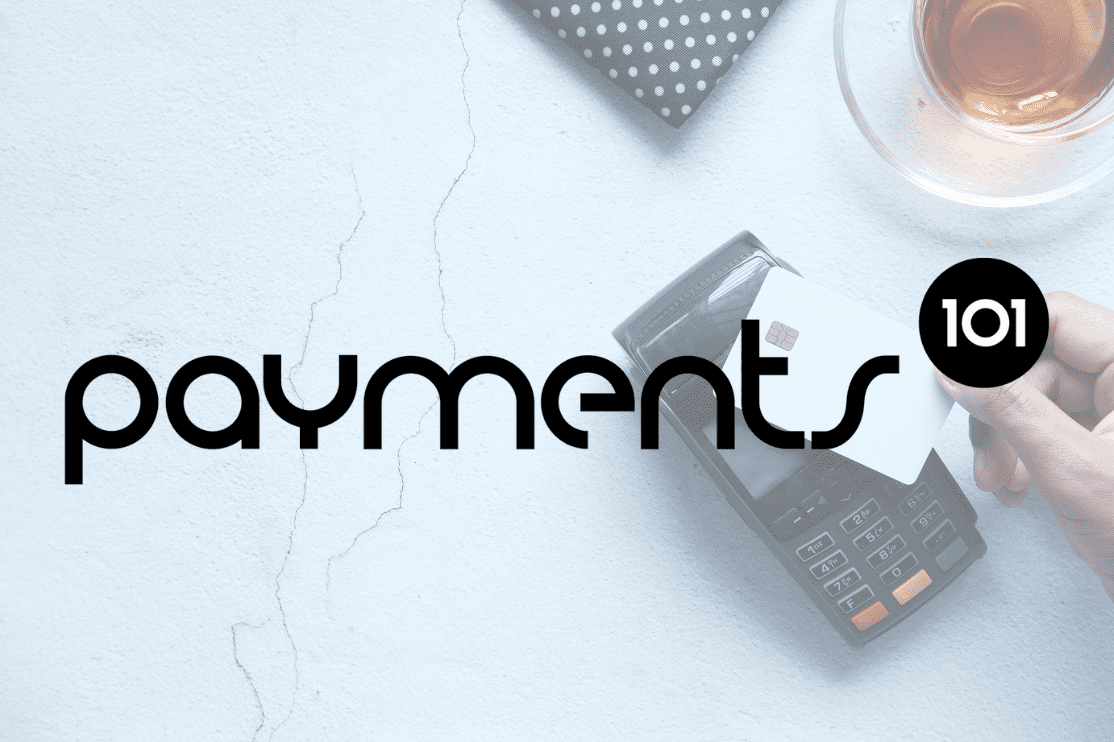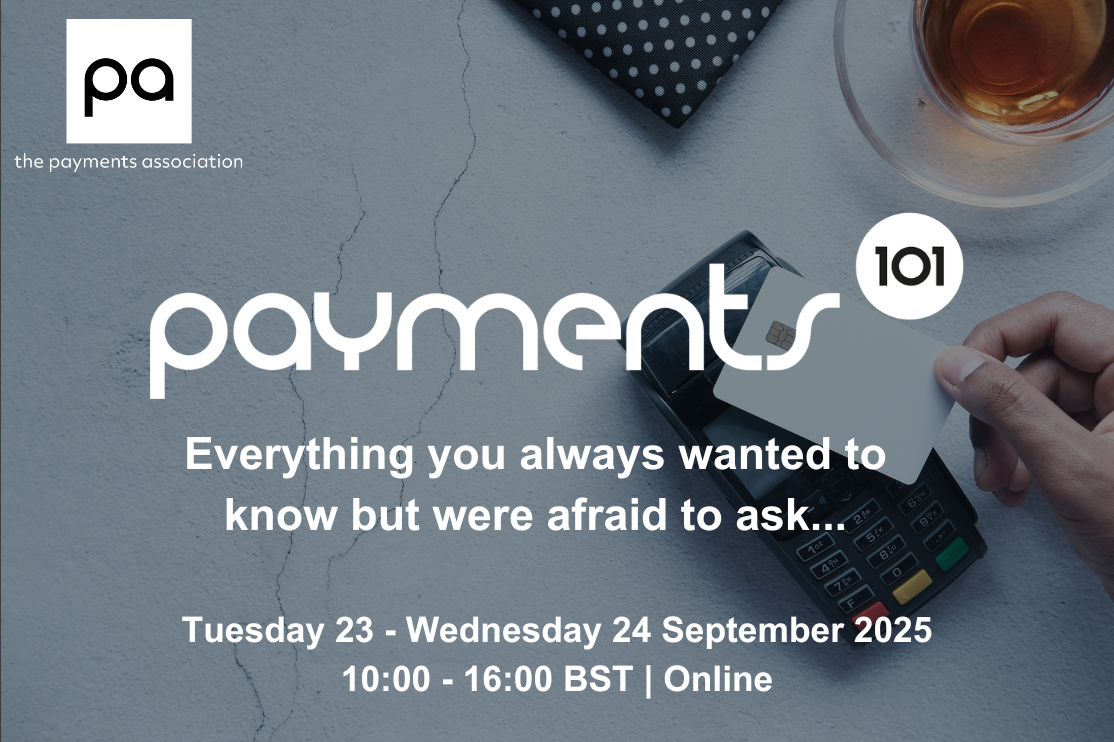The payments industry in 2025 will see advancements in real-time payments, AI tools, and voice-activated technologies reshaping consumer and business interactions.
The payments industry is evolving faster than ever, with trends like real-time payments, subscription innovations, and AI-powered tools redefining how businesses and consumers interact. From pay-by-bank solutions to futuristic voice-activated payments, 2025 promises to bring significant advancements. Businesses need to stay ahead by adapting to new technologies and delivering the seamless, secure experiences customers now demand.
Key payment trends in fintech for 2025
The payments landscape will continue becoming more diverse and consumer-focused. Digital wallets are already mainstream, but alternative payment methods like BNPL (buy now, pay later) are gaining momentum. Open banking, or pay-by-bank, is another trend to watch. This is driven in part by regulations like the Instant Payment Regulation (IPR), which enforces real-time bank transfers. These are not only fast but cost-effective—great news for merchants and customers. Younger consumers are particularly drawn to instant payments while avoiding credit cards and their high interest rates, making Pay-by-Bank more appealing at e-commerce checkouts.
The shift toward instant payments
Real-time payments are becoming the standard for optimal user experiences. Customers increasingly expect instant options, and businesses are responding. One-click payments are a game-changer, significantly reducing cart abandonment rates. While over 70% of carts are abandoned during multi-step checkouts, one-click experiences bring this down to under 1%. These are especially effective for mobile in-app shopping
The future of subscription payments
Subscription payments are growing fast, driven by Gen Zs and Millennials, who favour streaming services and digital subscriptions. While open banking has so far been focused on one-off payments, this is changing with the introduction of variable recurring payments (VRPs). Powered by open banking, VRPs come in two types: sweeping (me-to-me transfers between accounts owned by the same person) and non-sweeping (customer-to-merchant payments).
Sweeping VRPs are already mandated by the UK’s regulator, but non-sweeping is still in its experimental phase. Banks like NatWest and HSBC are working with providers to explore this potential. By late 2025, regulators in the UK are expected to expand non-sweeping VRPs to low-risk scenarios, such as utilities and financial services. This shift will position open banking as a key player in subscription payments by 2025, at least in the UK.
AI and machine learning in payments

AI and machine learning will have an even bigger impact on payments in 2025. Goldman Sachs predicts over $200 billion in AI investments in Europe next year, meaning we’re only beginning to explore its possibilities. AI is already essential for fraud detection, offering real-time monitoring to prevent issues. It also supports regulatory compliance by automating checks.
Beyond security, AI tools help with data analytics and optimising user experiences. By analysing transaction data via open banking, AI assists merchants with predicting customer lifetime value (LTV) and refining marketing strategies, making it a powerful tool for growth
Preparing for new payment technologies
Businesses must stay informed to adapt to the latest payment technologies. This starts with educating employees and staying updated on trends and tools. Offering a variety of payment methods to suit customer needs is critical, as is using API-driven systems to keep operations seamless. Incorporating AI and analytics can offer a competitive edge, but prioritising security and compliance is essential no matter what technology is adopted.
The rise of voice-activated payments
Voice-activated payments are one of the most exciting innovations on the horizon. Emerging through home assistants and other smart devices, they feel like something out of a sci-fi movie. Secured with biometric authentication, these payments combine futuristic ease with robust safety measures. They’re not a small trend either—voice payments are projected to hit $164 billion by 2025. Imagine simply saying, “Pay the electricity bill” or “Order my favourite coffee,” and it’s done—no hands required!


